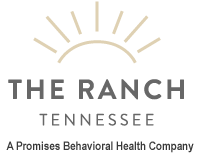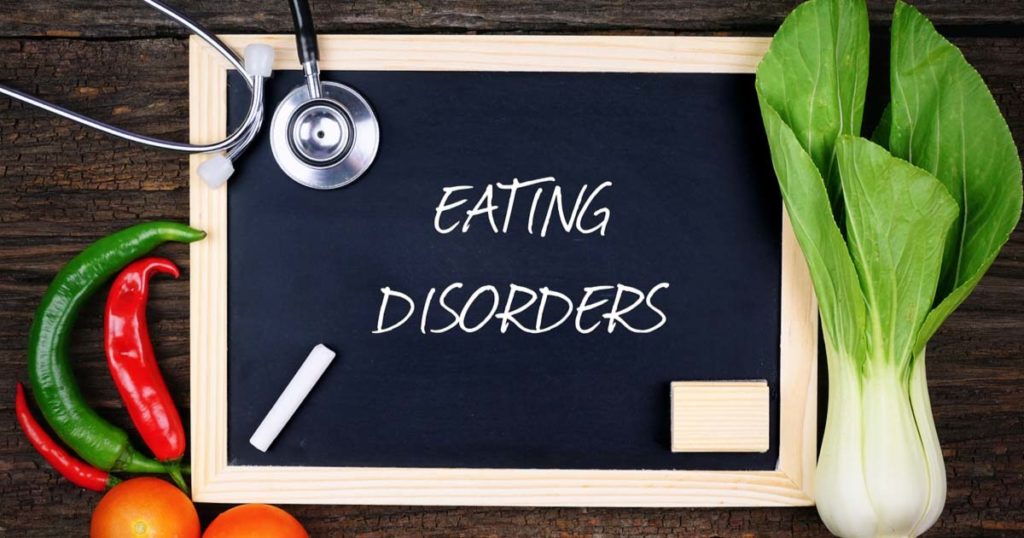By Gina Marchando, DMFT, LMFT, CHT, CIT The link between early childhood trauma and later development of an eating disorder has been well-established. According to the National Eating Disorders Association, 20 to 50% of women with eating disorders have a history of trauma and abuse. Types of trauma common to those with disordered eating behaviors include sexual, physical or emotional abuse and even witnessing trauma in others – the abuse of a sibling or parent, a crime, or other violent or distressing events. Similar to self-medicating with drugs or alcohol, the eating disorder becomes a way to detach from or numb out painful, traumatic experiences.
The Early Seeds of Eating Disorders
Research shows that we essentially “store” traumatic experiences in the body and trauma can impact brain development and future stress responses. The period of adulthood between ages 25 and 42, especially for women, is a time when trauma reactions from childhood resurface. This can occur for a number of reasons. They may have a child the same age they were when first abused or perhaps someone close to them has children of that age. Sometimes the passing of a parent who was the abuser triggers a flood of abusive memories and feelings. Instances like these can prompt the body to release memories tied to trauma, which can be a catalyst for an eating disorder as the person tries to use food and weight control to eradicate intrusive memories and emotions. Eating disorders may also develop earlier on in the teenage years or younger for similar reasons. A child growing up in an unpredictable environment may find manipulating their body is the only area where they feel in control of their circumstances. The eating disorder surfaces to push away the trauma by literally denying or purging bad things that happen – food begins to represent the trauma.
Mind-Body Disconnection to Cope With Trauma
People with trauma may become very logical. Their brain is a safe space to hide out. It gives them a false sense of control as they rationalize their world. Eating disorders feed on this, becoming a way they can continue to stay disconnected from their bodies. When a person first starts engaging in disordered eating, they aren’t consciously aware that “Wow, when I purge/binge/restrict, I’m really disconnecting from my feelings,” they just know that they feel better. Some people who experienced trauma at an early age were never able to connect with bodily cues. They don’t know when they’re hungry, full or thirsty or even when they need to go to the bathroom. They develop a high pain threshold, and may have difficulty recognizing when they’re sick or if they’ve broken a bone. Recovery is only possible when the person with an eating disorder develops a willingness to feel the emotions and deal with the trauma that will inevitably come up when they address their relationship with food. This isn’t any different from people who’ve developed addictions because of trauma. Whatever the self-medicating tactic of choice – food, drugs, alcohol or compulsive sexual behavior – when it’s discontinued, the trauma underneath surfaces.
Recovering From Eating Disorders and Trauma
Like recovery from addictions, eating disorder recovery is a process that requires more than just eliminating the unwanted behavior. The person must address the underlying reasons like mental health issues and trauma that are driving their unhealthy coping tactics. It’s important for this to happen in a safe, accepting, validating space where people can recognize the significant impact these circumstances have had on their lives, grieve them, and learn how they can pay those experiences due homage while not coping with them in harmful ways. Learning to develop a healthy and loving relationship not only with one’s self but also their body is a crucial aspect of life and recovery. Some important elements of eating disorder recovery include: Education – Through an education process that includes individual and group therapy, people recognize the trauma in their lives – sometimes for the first time. They begin shifting their view of themselves and their circumstances from “That was no big deal” to “Wow, I was really impacted by that.” Having the opportunity to gain insight into “why I am the way I am” minimizes shame and increases hope, acceptance and understanding. Space and Compassion – It’s critical that people give themselves time, space and a little grace to connect with themselves and heal. Often people with eating disorders can be extremely compassionate when it comes to others, but don’t have that same forgiveness and kindness for themselves. They need help learning to extend their compassion to themselves. Restoring a Sense of Self – Trauma is truly an invasion of self. If someone is being physically, sexually or emotionally abused, it’s a violation of their boundaries. People who’ve suffered this type of trauma need to learn how to set more than just physical boundaries. They must learn to set emotional, sexual, intellectual, spiritual and relational boundaries. Setting boundaries is an important first step in reclaiming one’s sense of self. Landing in the Body – There aren’t words in our language that are strong enough to convey the impact of trauma and abuse. The experience of trauma detaches people from their bodies. Experiential therapies like art therapy, music therapy, equine therapy, dance therapy, yoga and massage can help individuals get out of their heads and re-land in their bodies. These approaches can also help people express and release some of the feelings from deep-seated wounds that are difficult to adequately verbalize. Letting Go of Shame – Trauma survivors must recognize that the body is holding and taking on the shame of what happened. They might be holding onto the shame so that they can continue assuming responsibility for what happened, instead of releasing the responsibility to the abuser. The abuser may never accept that responsibility, but the integral component for recovery is for survivors to no longer burden themselves with false beliefs. Beginning to explore their self-construct and arriving at a place where they can say, “I’m not what happened to me. I’m not the trauma or the abuse,” and stop taking on the responsibility of carrying that shame is an important recovery milestone. Sharing Stories – Shame comes from secrecy, and there’s something very powerful about verbalizing what happened – hearing one’s own voice and sharing one’s story. Releasing that narrative in a safe, supportive environment can be the first step in recreating the narrative of that person’s life as they want it. It’s a way of saying that shame no longer defines their life or self. Breaking Negative Patterns – People with trauma sometimes recreate aspects of that experience over and over again in an unknowing attempt to resolve it. They’re searching for a “do over.” For example, if they were abused by a parent, they may have a pattern of romantic relationships with people who have the same qualities of the abusive parent. They are still trying to please that parent and resolve that relationship through others. Healing from these relationships requires relearning what healthy love looks like and establishing boundaries as a means of self-preservation.
Trauma Recovery Is Possible
While you may not have had a choice in the past when things were beyond your control, today you can make a choice to embark on a journey toward health, wholeness and recovery.

